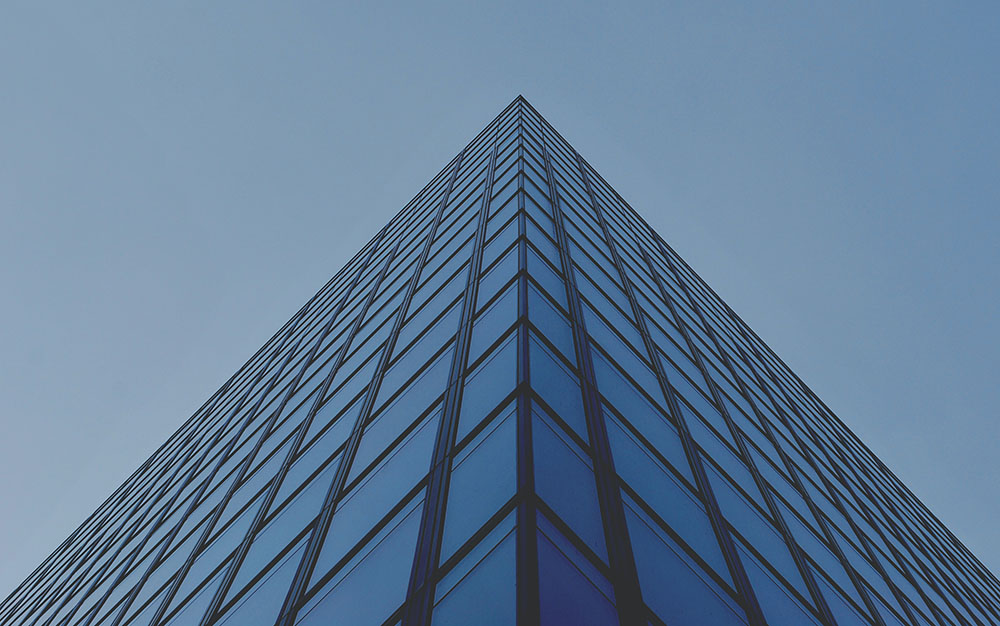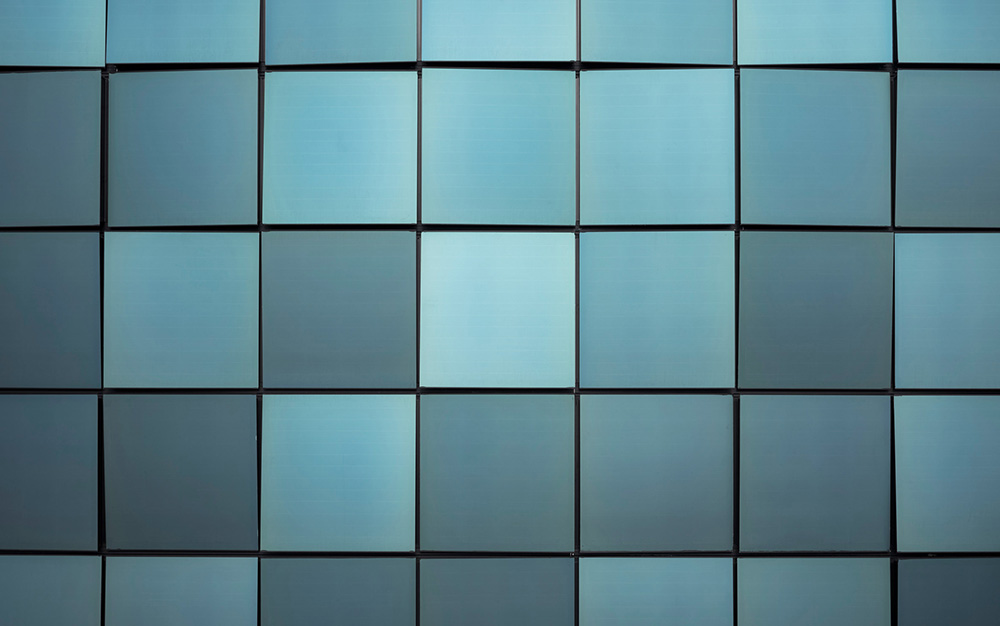 Why BIPV?
Why BIPV?
Nov 01, 2023
In the face of climate change, the world is evolving rapidly, and it comes an urgent need of sustainable energy solutions. One of the innovative solutions to this global problem is Building Integrated Photovoltaics (BIPV). These solar panels not only serve the dual purpose of providing power and generating electricity for house, but also shaping the future urban infrastructure. Let's rearch deeper for why BIPV is not only a viable option for modern construction, but the preferred choice.
Benefits of BIPV Panels
Building-integrated solar panels offer house owners and businesses a unique solution. They are not just additions to the existing structure; they are embedded within the structure itself. Because they act as both a building envelope and an energy generator, no need for a separate solar installation, providing functionality and aesthetics.
Space Efficiency
Building-integrated solar offers unique advantages in urban environments where space is at a premium. By integrating solar panels directly into building facades or roofs, no additional land or space is required to accommodate large solar farms. This efficient use of space is especially beneficial in densely populated areas. By choosing vertical or rooftop solar installations in urban environments, we can leave more land undisturbed. This approach protects natural habitats and supports biodiversity, unlike large ground based solar farms that sometimes damage local eco systems.
Resource Efficiency and Environmental Impact
Integrating solar panels into buildings reduces the need for additional materials and space. This means fewer resources are used and less waste is produced. By reducing the amount of raw materials required for construction and installation, we minimize our environmental footprint and pressure on natural resources. Additionally, because solar energy is green and renewable, it significantly reduces buildings' carbon footprint.
Design Flexibility
A building's aesthetics are an integral part of its appeal, value, and ability to blend in or stand out in its environment. Building-integrated solar panels continue to develop not only as functional components, but also as design elements that can enhance the attractiveness of buildings.
Thanks to advances in technology and manufacturing techniques, building-integrated photovoltaic systems can be integrated into a variety of building styles, from traditional to contemporary. This ensures that the integration of solar panels does not compromise the building's original design vision, but rather complements or even enhances it.
With modern technologies, roof-integrated systems can be customized to match a variety of architectural styles. Whether you want to integrate with existing roof tiles or achieve a seamless look, you have the flexibility to accommodate any design preference.
BIPV offers a range of design options. This includes different colors, textures and opacity. Some BIPV solutions even mimic materials like slate or terracotta, allowing architects and house owners to maintain a specific aesthetic while still reaping the benefit of solar energy.
While rooftops are a common site for building PV integration, the technology's adaptability means it can also be used on facades, awnings, or even as part of a building's shading system. This broadens design possibilities and enables architects to think creatively about how and where to incorporate solar power into their designs.
Photovoltaic Building Integrated Applications
1. Awnings and canopies. Outdoor structures such as awnings. Awnings are ideal for building-integrated photovoltaics, capturing sunlight while providing shade.
2. Facades. BIPV facades convert building appearance into energy, blending aesthetics with functionality. Large glass curtain wall can be equipped with translucent integrated solar panels that filter sunlight while generating energy.
3. Balcony and terrace. Integrating building-integrated photovoltaics into a balcony or terrace.
4. Roof installation. Rooftop installations are the most common application of building-integrated photovoltaics, blending seamlessly with the contours of the building. Here, the roof not only acts as a barrier against the elements, but also acts as a solar generator.
Read More

 Why BIPV?
Why BIPV?
 Building-integrated photovoltaics
Building-integrated photovoltaics